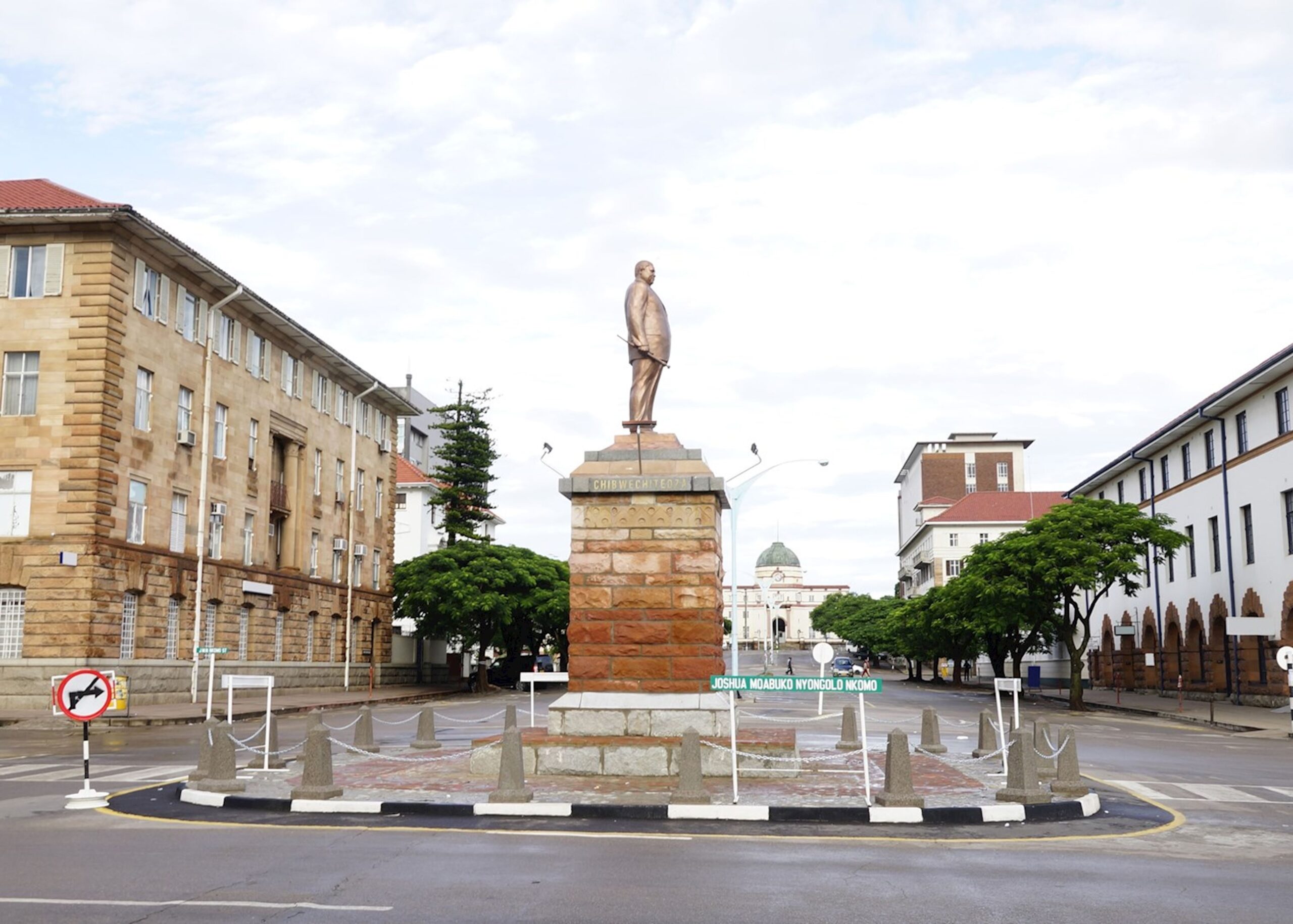Improved power generation eases load shedding. . . Hwange pumps more output to national grid
ZIMBABWE’s power generation breached 1 500MW yesterday as output at the giant Hwange Thermal Power Station jumped to 740MW, a significant improvement that is expected to ease the energy supply burden and boost production efficiency.
Following the recent successful synchronisation and commissioning of the 300MW Unit 7 project, the Zimbabwe Power Company (ZPC) is now pushing for the synchronisation of the 300MW Unit 8 to complete the US$1,5 billion 600MW expansion project.
Officials said the unit had not developed any problems with the output reaching 708 megawatts at the station in April.
Minister Soda Zhemu
Energy and Power Development Minister, Soda Zhemu confirmed the development saying the country would most likely not experience any load shedding in the coming few days.
Minister Zhemu said undisturbed power generation was all part of the Second Republic’s vision to have a constant supply of power.
The upgrade that has resulted in increased power generation is a component of an expansion project whose construction began in August 2018 following a ground-breaking ceremony by President Mnangagwa.
“Unit 7 and 8 are both generating 500 megawatts, with Unit 1 and 6 producing the difference to bring up the statistics. This will result in the ease of load shedding across the country and if you noticed there was no power interruption on Saturday and Sunday. Our import generation is also holding on quite significantly from our external sources meaning the country’s power generation is above steady. As time goes on, we hope to generate more power and see a complete stop to load shedding,” said Minister Zhemu.
Zimbabwe Power Company (ZPC)
He said the increased power output would ease pressure from the Kariba Hydropower station, which the country had become largely dependent on.
The continued improvement in power generation will help Zimbabwe reduce electricity imports and ease power cuts, which will drive increased industrial production as there will be guaranteed electricity supply, a key economic enabler and driver towards realisation of national goals in line with Vision 2030.
Before the expansion project, Hwange Power Station had an installed capacity of 920MW and the addition of 600MW from Units 7 and 8 will take the installed capacity to 1 520MW.
With Kariba South having already been expanded, resulting in the addition of 300MW into the grid to take the installed capacity to 1 050MW, there will be adequate electricity to meet industrial, commercial and domestic demand.
The Confederation of Zimbabwe Industries (CZI) was once reported saying it was optimistic of the country’s electricity situation this year, projecting that from April the prospects looked bright as it expected water levels at Kariba to improve generation and further improve power supplies.
A number of renewable energy projects are also at different stages of implementation.
“The prospects for 2023 look bright from April to November when Kariba water levels improve.
“It is expected that improved rainfall patterns in the north along the Zambezi River will increase inflows into Lake Kariba,” it said.
Hwange Power Station
Players in the business and energy sector, however, project that the country will need to boost electricity supplies to 2 350MW by 2025 to meet demand, especially from the mining sector.
The country’s economy is on a rebound due to various policies initiated by the Government that have seen growth in the mining and agricultural sectors.
Several other power generation projects in the country are either underway, on the drawing boards or are about to start.
Among them is the rehabilitation of Hwange units 1 to 6 to be financed by a US$310 million Indian financing facility that has already been secured.
Confederation of Zimbabwe Industries (CZI)
Hwange units 1 to 4 have an installed power generating capacity of 120 megawatts each, but because of degeneration of the plants over the years, output is far lower.
Units 5 and 6, on the other hand, have an installed production capacity of 220 megawatts, but suffer the same fate due to plant degeneration.
Work on the projects, which will be done in phases, is expected to start next year, and be completed by 2025.
Government has been implementing a number of transformative infrastructure projects in Matabeleland region.
Lake Gwayi-Shangani
One of the signature projects, Lake Gwayi-Shangani, will end perennial water challenges bedevilling Bulawayo and turn Matabeleland North province into a green belt, providing employment and food security to many families.
In that province, the Second Republic has established Hwange Teachers’ College and Binga Vocational Training Centre.
There is also the Welshman Mabhena Government Complex in Lupane where Government departments that have all along been operating from Mhlahlandlela Building in Bulawayo have since been allocated offices.-chronicles








